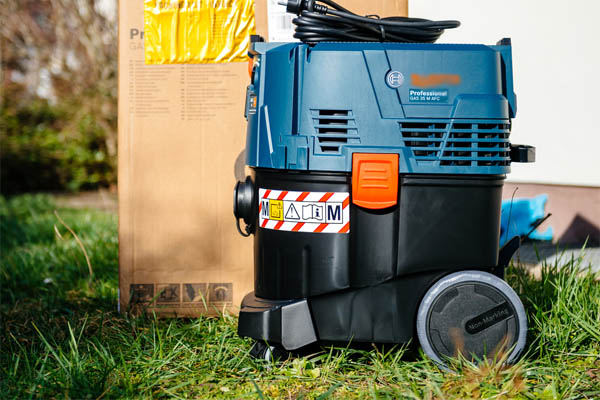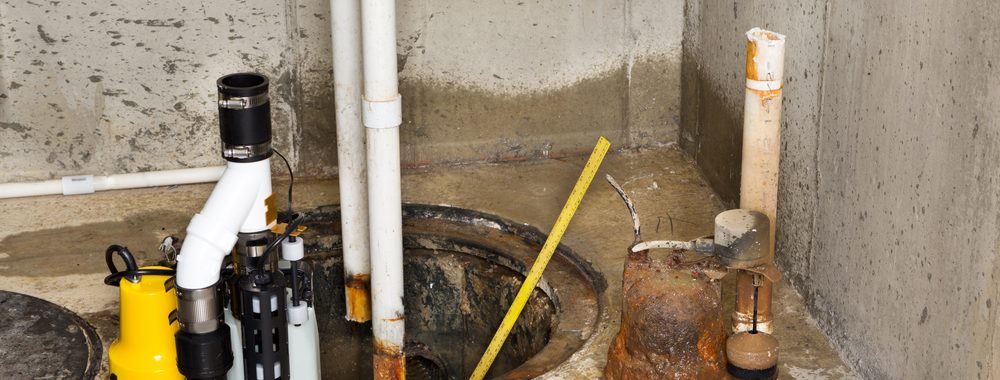They are making several good pointers on the subject of How to Care for Your Sump Pump in general in this content down below.

Sump pumps are important elements in several homes, specifically in locations prone to flooding or extreme dampness. They help prevent water damage by effectively eliminating excess water from cellars or crawl spaces. Nevertheless, like any other device, sump pumps require regular maintenance to guarantee they function efficiently when needed one of the most. Cleaning your sump pump is a crucial part of its maintenance, and understanding exactly how to do it effectively can conserve you from expensive repair work and potential disasters.
Intro
Keeping a tidy sump pump is crucial for its correct performance and longevity. Ignoring this crucial job can cause clogs, malfunctions, and inevitably, water damage to your home. Consequently, discovering exactly how to clean up a sump pump is vital for property owners that depend on these gadgets to keep their cellars dry and safeguarded.
Comprehending the Sump Pump
Prior to diving right into the cleansing process, it's essential to have a standard understanding of just how a sump pump functions. Generally installed in a pit or container below the basement flooring, a sump pump consists of several crucial parts, including a pump, a float button, and a discharge pipe. When water accumulates in the pit, the float switch activates the pump, which after that pumps the water out with the discharge pipeline, far from the building's foundation.
Signs of a Dirty Sump Pump
Recognizing when your sump pump requires cleansing is essential for avoiding potential breakdowns. Some typical indicators that show a filthy sump pump include unusual sounds during procedure, reduced water circulation, and visible particles in the pit. If you notice any one of these signs and symptoms, it's vital to cleanse your sump pump immediately to stay clear of any kind of further concerns.
Planning for Cleansing
Prior to you start cleaning your sump pump, it's essential to take some safety precautions. Start by shutting down the power to the pump to prevent any electric mishaps. In addition, use appropriate safety gear, such as handwear covers and safety glasses, to safeguard yourself from dirt, particles, and prospective pathogens.
Detailed Overview to Cleaning Up a Sump Pump
Shutting down the Power
Begin by separating the power supply to the sump pump to avoid any kind of mishaps while cleaning.
Eliminating Debris and Dirt
Make use of a pail or an inside story to get rid of any type of visible particles, dirt, or debris from the sump pit. Dispose of the particles correctly to stop it from clogging the pump or the discharge pipeline.
Cleaning the Pump and Drift Change
Once the pit is clear of debris, carefully remove the pump from the pit. Inspect the pump and the float button for any indications of damage or wear. Make use of a soft brush or cloth to cleanse the surface areas and remove any collected grime.
Purging the System
After cleansing the pump and float button, purge the sump pit with clean water to get rid of any staying dust or debris. This will certainly aid make sure that the pump operates smoothly and successfully.
Checking for Appropriate Performance
Prior to reinstalling the pump, do a fast test to ensure that the float button activates the pump correctly. Pour some water into the sump pit and observe the pump's procedure. If whatever is working correctly, you can rebuild the pump and reconnect the power supply.
Upkeep Tips to Maintain Your Sump Pump Clean
In addition to routine cleaning, there are several upkeep ideas you can follow to keep your sump pump in optimal condition:
- Regular Inspection: Check your sump pump frequently for any indications of wear, damage, or clogs.
- Keeping the Surrounding Location Clean: Guarantee that the location around the sump pit is free of particles, dust, and blockages.
- Examining the Pump Periodically: Check your sump pump regularly by pouring water right into the pit and observing its procedure. This will certainly help you determine any type of potential issues before they escalate.
Verdict
Cleaning your sump pump is a critical aspect of its maintenance and makes certain that it operates properly when you require it one of the most. By complying with the steps detailed in this guide and incorporating normal upkeep into your regimen, you can prolong the life expectancy of your sump pump and secure your home from water damage.
6 STEPS ON HOW TO CLEAN A SUMP PUMP PROPERLY
UNDERSTANDING SUMP PUMPS
Your sump pump plays a crucial role in protecting your home by managing and removing excess water. It primarily functions as a “shield”, guarding your basement against the damaging effects of water accumulation. The pump is housed in a sump pit in the lowest part of your basement, and its job is to pump out any water that collects there.
During heavy rainfalls or when snow melts rapidly, water can infiltrate your basement, posing potential risks like flooding, structural damage, and harmful mold growth. Here, the sump pump springs into action, pumping out the intruding water and directing it away from your home.
SAFETY FIRST
Before cleaning, remember to prioritize safety. Disconnect the sump pump from the power source to prevent any accidental electric shocks. Also, wear sturdy gloves to protect your hands from any sharp or dirty components within the pump.
REMOVE THE SUMP PUMP
After ensuring your safety, the next step is to remove the sump pump from its pit. Doing this might require careful maneuvering as you don’t want to damage any pump components. Once removed, clean the sump pit to remove any accumulated debris or sludge.
INSPECT THE PUMP
Inspect the pump for any visible signs of wear or damage. Check the power cord, float switch, and impeller housing. If any components look worn out or damaged, consider replacing them to ensure optimal performance.
CLEAN THE PUMP
Thoroughly clean the pump with warm, soapy water. Make sure to rid it of any dirt, gravel, or other debris that might impede its performance. You can use a toothbrush to clean the small, hard-to-reach parts of the pump.
REINSTALL THE SUMP PUMP
- Reinstall the pump into the sump pit
- Make sure it’s positioned correctly to remove the water effectively
- Once it’s back in place, reconnect it to the power source
TEST THE PUMP
Finally, pour some water into the pit to ensure the pump works correctly. It should start automatically and begin pumping out the water; if it doesn’t, check the power source and the positioning of the pump.
Remember, while cleaning your sump pump is an essential part of home maintenance, hiring a professional plumber for a thorough inspection and cleaning at least once a year is also important. This will ensure that your pump is in optimal condition, ready to protect your home from potential water damage.
BEST PRACTICES FOR CLEANING SUMP PUMP DISCHARGE PIPES
- Regular Inspection: Regularly inspect your discharge pipes, especially during heavy rainfall or snowmelt periods. Look for any signs of blockage or damage. Early detection of problems can prevent serious issues down the line.
- Periodic Cleaning: Over time, sediment and debris can accumulate in the discharge pipes, impeding the flow of water. Regular cleaning helps keep the pipes clear and functioning efficiently. You can use a high-pressure water jet to effectively clean the pipes.
- Insulation During Winter: In colder climates, discharge pipes can freeze, blocking the outflow of water. Protect your discharge pipes from freezing temperatures by insulating them with foam pipe insulation. This will ensure the sump pump can continue to discharge water even in freezing conditions.
- Proper Positioning: The discharge pipe should be positioned to direct water away from your home’s foundation. Improper positioning can lead to water seeping back into the basement. Ensure the pipe is long enough and angled correctly.
- Installation of a Check Valve: A check valve prevents water from flowing back into your sump pit after the pump has pushed it out. Installing a check valve helps maintain the efficiency of your sump pump and reduces the risk of flooding.
- Minimize Pipe Turns: Every curve or turn in the discharge pipe can decrease the efficiency of water flow. By minimizing turns and bends in your discharge pipe, you can increase the efficiency of your sump pump.
https://www.fullspeedplumbing.com/how-to-clean-a-sump-pump-properly9999/

I came across that blog posting about Keep Your Sump Pump Clean, It'll Keep You Dry when doing a search on the search engines. If you please take the time to distribute this page if you enjoyed reading it. Thank you so much for taking the time to read it.
Call Today
Comments on “Your Comprehensive Guide to Cleaning a Sump Pump”